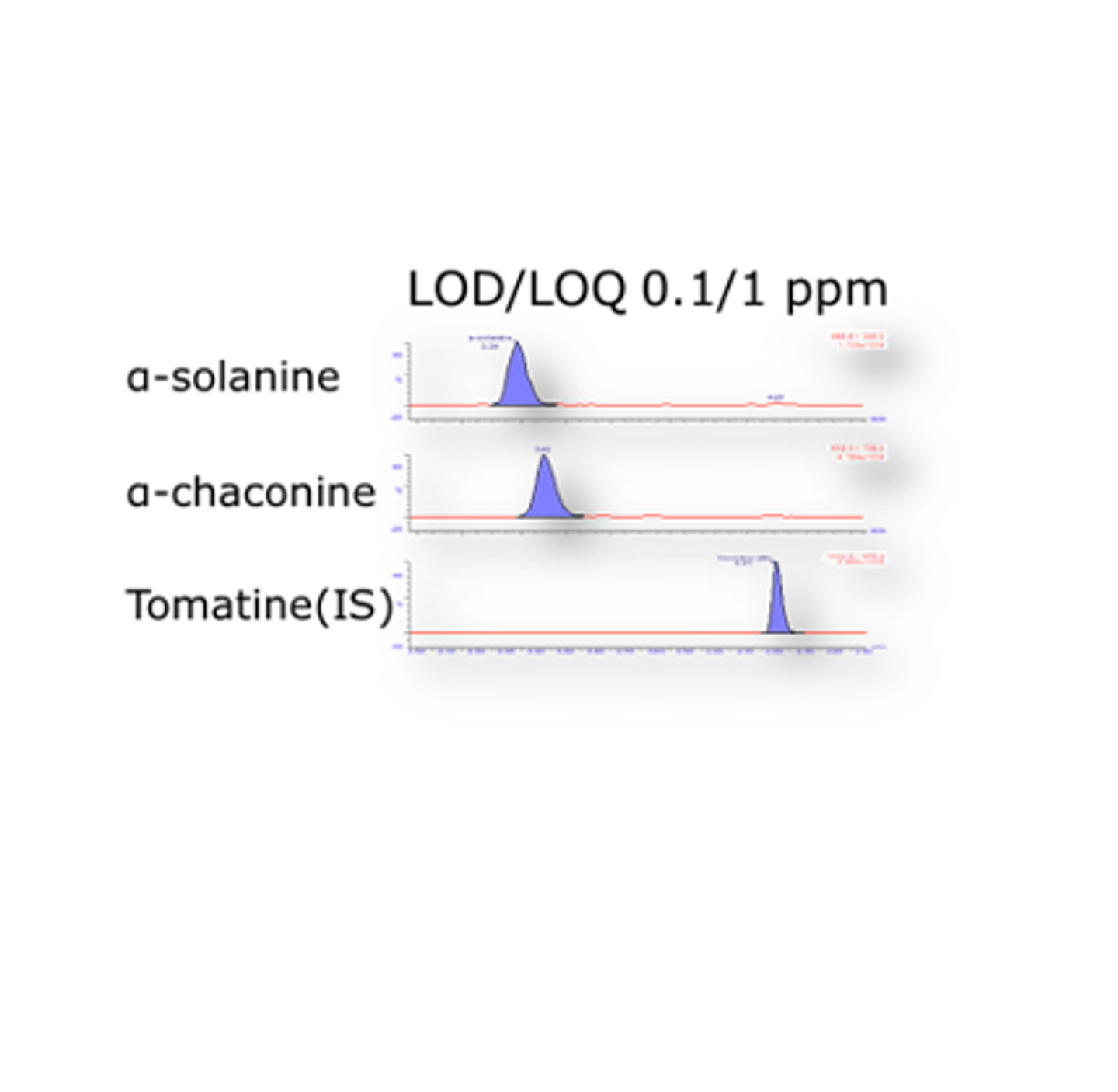Contaminant analysis - residues, allergens and toxins
A reference center for food contaminants analysisThe CER Groupe has been a center of reference for analyzing food contaminants for decades.
The expertise of the lab is internationally recognized and led to the attribution of the National Reference Laboratory status by the Federal Agency for the Safety of the Food Chain (Belgian FAVV-AFSCA), along with our partner ILVO.
Analyses are performed in accordance with ISO17025 guidelines for regional, national, and international partners in Europe. More than 16,000 analyses are performed every year, mainly through immuno-assay or mass spectrometry methods. Multi-allergen methods are also available to simultaneously detect no less than 13 targets.
The key strength of CER Groupe, next to its rapid turn-around times, is certainly its flexible scope, which enables fast validation of a new technique in a new matrix or a new compound, which has led CER Groupe to manage major food crises (including dioxins, prion and fipronil).

Our analytical methods (immuno-assays, UHPLC-MS/MS, GC-MS/MS, HLPC-UV/fluo, UHPLC-HRMS, APGC-MS/MS) are available for the following substances and matrices.
Substances
- veterinary drug residues: antibiotics, hormones, thyreostats, NSAIDs, anthelmintics, coccidiostats, β-agonists, etc.
- food allergens
- pesticides and PCBs
- mycotoxins
- marine toxins
- plant toxins
- forbidden dyes
Matrices
- food products
- feed products (including raw materials)
- biological and environmental tissues
- swabs, water, clean-in-place samples, etc.
This activity has been ISO17025 certified (073-TEST) since 1997.
Food and feed testing requires optimized logistic flows, rigorous testing, and fast results in order to anticipate the potential health concerns of a specific product containing allergen substances. By choosing CER Groupe, you can benefit from a thoroughly established routine and solid expertise in allergen testing!
As National Reference Laboratory, our main tasks are to:
- provide technical and scientific assistance to approved laboratories (standards, development, and validation of methods, etc.) in our NRL activities:
- allergens
- veterinary drugs and forbidden substance residues
- mycotoxins, plant toxins, and marine toxins
- pesticides in food of animal origin
- organize communication groups on the use of analytical methods (HPLC-MS/MS, UHPLC-MS/MS, GC-MS/MS, HPLC-UV/fluorescence)
- hold training courses/workshops on the use of the analytical methods (HPLC-MS/MS, UHPLC-MS/MS, GC-MS/MS, HPLC-UV/fluorescence, ELISA, FCIA, or PCR)
- organize ring tests
- develop new analytical methods and/or improve existing methods related to regulation, particularly at the request of FASFC
- perform analyses in the context of the FASFC monitoring plan
- keep abreast of scientific, technical, and legislative literature
- participate in workshops organized by the European reference laboratories, the European Network on Food Allergens, and other technical and scientific meetings (AOAC, CEN, etc.)
- participate in ring tests internationally

Many other applied projects
In addition to its analysis services and NRL activities, CER Groupe is also involved in many applied projects, including the development/production of reference materials, the development of new analytical methods, and the design and development of innovative devices that enable fast and point-of-care detection of allergens. CER Groupe has considerable expertise and state-of-the-art laboratory instruments to reliably detect residues and contaminants in food and feed products, as well as in various biological or environmental samples.
Key figures
>16,000 analyses performed per year (allergens, residues and contaminants)
13 Multi-allergen detection method covering 13 priority allergens
ISO 17025-certified since 1997
As fast as 24 hours for results delivery depending on the target substance

CASE STUDY
Solanine and chaconine in potatoes and potato products available in Belgium
Potatoes, like many others solanaceous plants, naturally contain alkaloids, the most important being glycoalkaloids α-solanine and α-chaconine.
